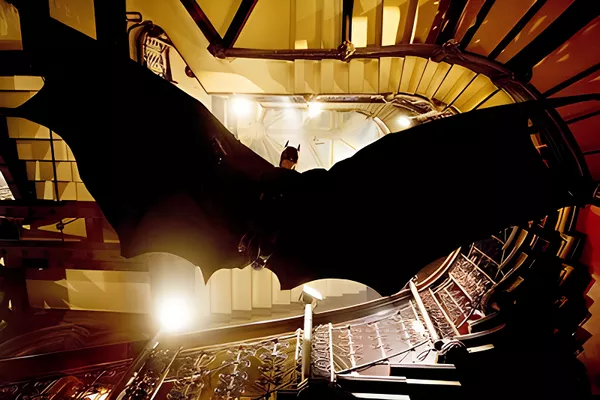In 2008, Christopher Nolan’s “The Dark Knight” hit theaters and changed the course of cinema forever. The film, which starred Christian Bale as Batman, Heath Ledger as the Joker, and Aaron Eckhart as Harvey Dent, was a box office smash, grossing over $1 billion worldwide. But more importantly, it marked a turning point in the superhero genre and demonstrated the potential for comic book adaptations to be taken seriously as cinematic art.
One of the key ways in which “The Dark Knight” changed cinema was through its approach to storytelling. Nolan crafted a complex and sophisticated narrative that dealt with themes of morality, justice, and the nature of heroism. He also eschewed the traditional three-act structure and instead created a film that felt more like a crime thriller than a comic book movie. The result was a film that felt fresh and exciting, and set a new standard for what superhero films could achieve.
Another way in which “The Dark Knight” changed cinema was through its use of practical effects and stunts. Nolan insisted on shooting as much of the film as possible in-camera, using real locations and practical effects rather than relying solely on computer-generated imagery. This gave the film a sense of realism and groundedness that was unprecedented in the superhero genre, and made the action sequences all the more thrilling and impactful.
Of course, no discussion of “The Dark Knight” would be complete without mentioning Heath Ledger’s iconic performance as the Joker. Ledger’s portrayal of the Joker was a revelation, and his untimely death shortly before the film’s release only added to the sense of tragedy and mythos surrounding the character. Ledger’s performance was so powerful and memorable that it earned him a posthumous Academy Award for Best Supporting Actor, and cemented the Joker’s place in cinematic history as one of the greatest villains of all time.
But perhaps the most significant way in which “The Dark Knight” changed cinema was by demonstrating the potential for comic book adaptations to be taken seriously as cinematic art. Prior to the film’s release, superhero movies were generally regarded as escapist entertainment for children and comic book fans. But “The Dark Knight” showed that comic book adaptations could be mature, intelligent, and artistically ambitious, and paved the way for other films like “Watchmen,” “Logan,” and “Joker” to push the boundaries of what superhero films could be.
In conclusion, “The Dark Knight” was a groundbreaking film that changed cinema in countless ways. Its sophisticated storytelling, use of practical effects, and iconic performances all helped to elevate the superhero genre to new heights of respectability and artistic ambition. More than a decade after its release, the film remains a touchstone of the genre, and a testament to the power of cinema to inspire and entertain audiences around the world.

